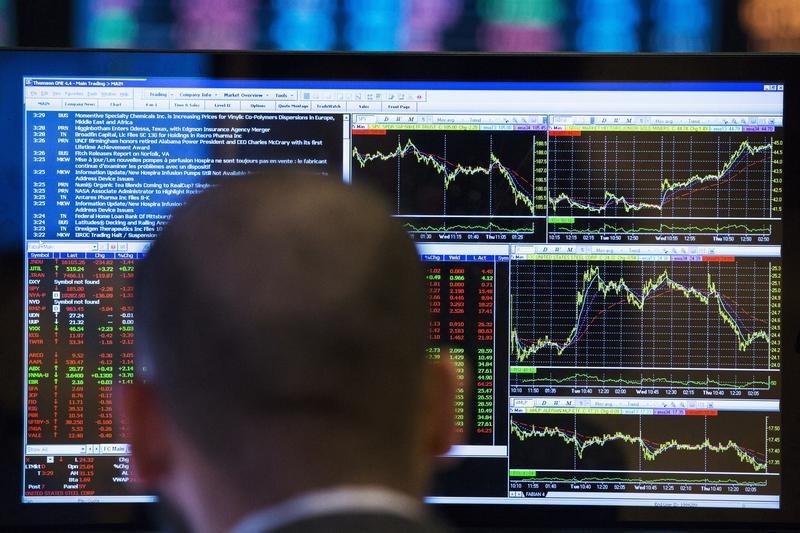© Reuters.
Instacart, the grocery delivery startup, has undergone a significant transformation under CEO Fidji Simo, who took charge in 2021. The company has diversified its revenue streams by bolstering its advertising business and selling software tools to grocery companies, as its original delivery business experienced slowdown after a pandemic-induced surge.
Simo, a former Meta (NASDAQ:) executive with advertising expertise, expanded Instacart’s advertising initiative that was launched in 2019. This strategy allows food brands to pay for prime placement within the app.
The company disclosed last month that it had achieved profitability thanks to its advertising and software sales, which accounted for nearly a third of its $2.5 billion revenue in the previous year. In the first half of this year alone, the company earned $406 million from ads and software sales, driving $242 million in profit.
Despite achieving profitability, Instacart’s potential appeal to investors remains uncertain due to repeated reductions in its valuation, most recently to $10 billion. It has set a share price range of $26 to $28 for its IPO, giving it a midpoint valuation of $8.9 billion. After the public offering of British chip designer Arm, Instacart intends to list its shares on the NASDAQ stock exchange.
To foster stronger relationships with grocery retailers, Simo advocated for acquisitions like Caper, a startup that developed an electronic shopping cart enhancing customer experience and providing retailers with purchase tracking capabilities, which Instacart purchased for $350 million in October 2021.
However, challenges persist. Instacart heavily relies on a few major grocery retailers like Kroger (NYSE:) and Costco (NASDAQ:) for orders, making it vulnerable if any of these chains switch to a competitor. Moreover, its core grocery delivery business has plateaued. Instacart’s prospectus revealed an 18% increase in grocery orders last year, but orders in the first half of this year remained unchanged compared to the same period a year earlier. This stagnation could impact its profitable ads business if there are insufficient delivery customers to whom ads can be shown.
This article was generated with the support of AI and reviewed by an editor. For more information see our T&C.
Read the full article here





